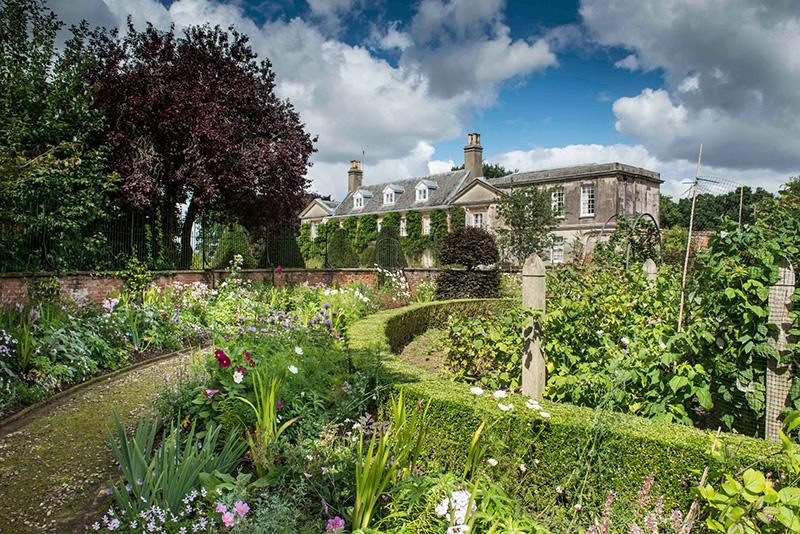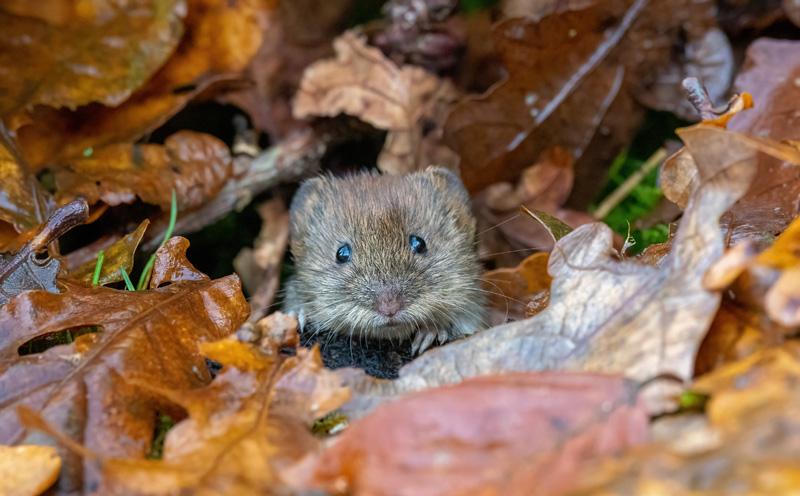CONSERVATION MANAGEMENT
IDEAS FOR SUMMER
AVOID DISTURBANCE TO NESTING BIRDS
It is important to delay management of field boundaries and margins until at least September when you can be confident that birds have finished rearing late broods. Mowing margins or trimming hedges during breaks before harvest or when weather prevents harvesting can be very damaging for local bird populations.
BEWARE OF NESTING BIRDS AND LEVERETS IF YOU CUT POLLEN AND NECTAR MIXTURES
Pollen and nectar mixtures are often cut in June to promote late-flowering (cutting half of each area to 20cm in June is a requirement of the English Entry Level Stewardship scheme), but try to check that there are no nesting birds or leverets in the mixtures before cutting and seek a derogation to avoid cutting if these are present. An alternative for future years is to cut this half regularly through April until June so that it does not form suitable nesting cover.
CONSIDERATIONS FOR INSECTICIDE USE IN SUMMER
June is the peak month for rearing chicks in the bird calendar – many of these are dependent on insects to provide the chicks with a high-protein diet for healthy development. Adopt the Voluntary Initiative best practice guidance on use of insecticides:
• Know your farm’s potential for pest attack; field records are essential in this. Assess the implications of cropping sequences and likely attacks.
• Where possible, take full advantage of varietal resistance.
• Use cultivation techniques and sowing dates to deter attack.
• Use seed treatments where available if significant damage is expected.
• Monitor crops regularly and base management decisions on the results.
• Make absolutely sure a treatment is really needed; treat only when pest thresholds has been exceeded.
• Wherever possible, use insecticides specific to a target pest. Try especially to avoid using broad-spectrum products when the young of birds are dependent on insects for food.
• Apply treatments as accurately and as close to ideal timings as possible.
• Use buffer zones and LERAPs to protect sensitive wildlife habitats and water courses.
DELAY SETASIDE MANAGEMENT
Any rotational set-aside that has not been sprayed yet will be providing important seed food for birds and nesting habitat for skylarks. Does the weed spectrum present problems for following crops? Consult your agronomist for the latest timing to achieve effective control. Non-rotational set-aside should remain uncut until at least mid-July (preferably August) to protect nesting birds, and up to 25% can be left uncut each year which will boost beneficial insects.
IS THERE A NEED FOR BRACKEN CONTROL?
Small stands of bracken, especially in upland situations, can provide useful habitat for some nesting birds, such as twite. However, large blocks of dense bracken are of little use for wildlife. Seek advice on whether spraying, cutting or rolling is the best management for your situation. Cutting and rolling will put ground-nesting birds at risk at this time of year. Spraying can be done later in the year, when the bracken is in full frond.
BIRDS NESTING IN HAY AND SILAGE MEADOWS
Several ground nesting birds that require cover are attracted to fields shut up for hay or silage. For these birds to breed successfully, they need sufficient time to complete incubation and for chicks to be able to be moved out of the field before mowing. The length of time needed will vary between species, but will generally be at least six weeks. Ground nesting birds are most commonly found in hay meadows as the grassland management generally results in vegetation that is less dense and cut at a more mature stage.
In fields where waders (snipe, lapwing, redshank, curlew) breed, leave damp hollows/corners uncut as unfledged chicks are most likely to use these areas.
DELAY CUTTING FLOWER-RICH MEADOWS UNTIL AFTER HERBS HAVE SET SEED
Hay meadows that are the product of traditional, low intensity farming support a rich variety of grasses and flowers. Such meadows are now a rare and irreplaceable habitat. Try to maintain the long-established management practices that have created these special areas.
TOPPING
Topping of pernicious weeds may need to be carried out relatively early in the season, but try to cut areas that are not as urgent as late as possible, if at all. Topping reduces the availability of seeds and the taller areas that many insects need to complete their lifecycles and over-winter. Always leave some areas uncut, even if only around edges of fields.
If these management ideas pose any questions, then post them on the discussion forum on www.farmwildlife.info to get your answers.










